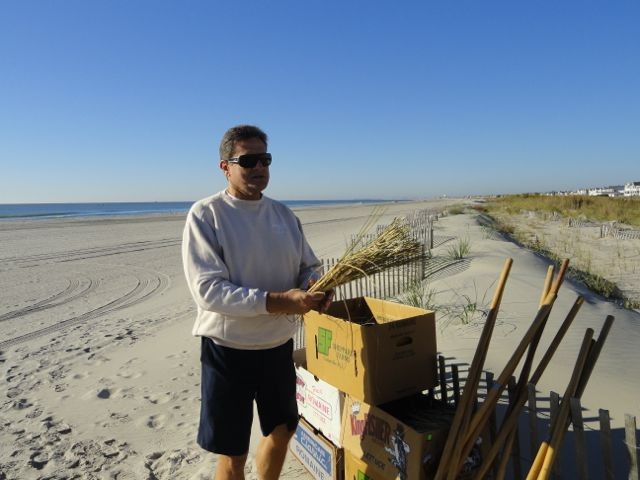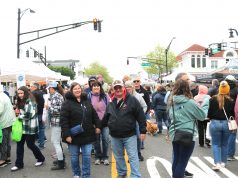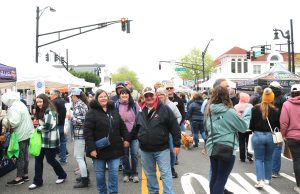WHEN: Friday, May 26, 10:15 – 11:30 am
WHERE: 5th and Ocean, Ocean City, NJ
New Jersey Audubon (NJA) and Ocean City High School AP Biology and AP Environmental and Oceanography students will join together on Friday, May 26 for a seaside goldenrod planting in Ocean City.
Barrier islands like Ocean City are frequently prone to storms, flooding and severe beach erosion. Effective beach stabilization is essential to both the structural and economic well being of the shore community.
Enhancing dune vegetation will not only help stabilize dunes, but also positively affect local wildlife as the planting will also provide more nectar plants for migratory Monarch butterflies.
“Conservation is a collaborate effort,” said Dale Rosselet, Vice President of Education at NJA. “Projects of this size and scope are possible because of a multitude of partners working together for a common goal – conservation of New Jersey’s natural resources. Students involved in this project were challenged to look at their community with a critical eye, to identify potential problems and then devise ecological solutions to the problems.”
The planting is a part of a larger project funded through the Department of the Interior and administered by the National Fish and Wildlife Foundation called Building Ecological Solutions for Coastal Community Hazards. NJA partnered with the National Wildlife Federation, New Jersey Department of Environmental Protection, New Jersey School Boards Association, and Sustainable Jersey to develop curriculum models that focus on school based projects addressing coastal changes. Ocean City High School is one of seven schools in the area implementing the school-based projects.
In this problem-based project, students decided to enhance a stretch of the local dune system with Solidago sempervirens (seaside goldenrod). Plant roots will help stabilize the dune and Monarch butterflies will use seaside goldenrod as one of their primary nectar sources during southbound migration in the fall.






